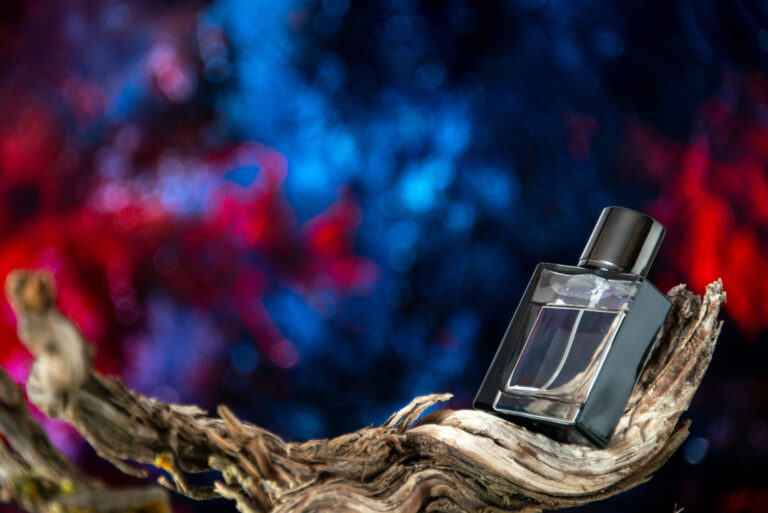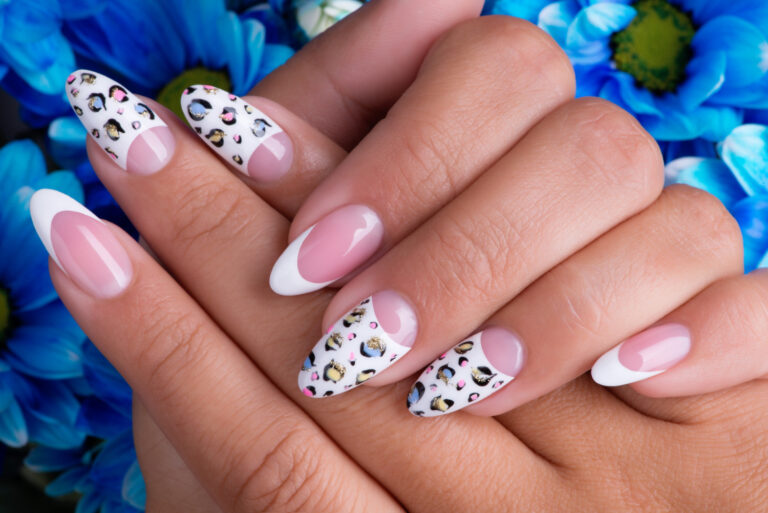
Making your own jewelry can be a rewarding and creative process.
In this article, we will guide you through the step-by-step process of creating a beautiful sterling silver ring. With some basic tools, materials, and patience, you can craft a unique piece of jewelry that reflects your personal style.
Materials and Tools Needed:
• Sterling silver sheet or wire (preferably 925 sterling silver)
• Jeweler’s saw or metal cutting shears
• Jewelers file set
• Sandpaper or emery paper (various grits)
• Ring mandrel or dowel rod
• Hammer or mallet
• Bench block or sturdy surface
• Soldering equipment (torch, flux, solder)
• Pickle solution (for cleaning)
• Polishing compound or silver polish
• Safety goggles and protective gloves
Step 1: Designing the Ring
Start by creating a design for your ring. Consider the style, width, and any decorative elements you want to incorporate. Sketch your design on paper or use jewelry design software to visualize it. This will serve as your guide throughout the process.
Step 2: Measuring and Cutting the Silver
Measure your finger size using a ring sizer or a piece of string. Add a little extra to account for the width of the ring band. Choose the appropriate thickness and width of the sterling silver sheet or wire based on your design. Using a jeweler’s saw or metal cutting shears, cut a piece of silver that matches your measurements.
Step 3: Shaping the Ring Band
Place the silver piece on a ring mandrel or dowel rod. Gently hammer the silver around the mandrel to create a curved shape. Gradually tap and rotate the silver until it forms a complete ring shape. Check the size and fit of your finger, making adjustments if necessary.

Step 4: Soldering the Ring
Clean the silver ring thoroughly with a jewelry cleaner or mild detergent to remove any dirt or grease. Apply flux to the soldering joint, where the two ends of the ring band meet. Cut a small piece of solder and place it on the joint. Using a torch, carefully heat the ring until the solder melts and flows into the joint, creating a strong bond. Allow the ring to cool.
Step 5: Filing and Sanding
Use jeweler’s files to smooth the soldered joint and refine the shape of the ring band. Start with a coarse file to remove any excess solder or rough edges. Gradually switch to finer files to achieve a smoother finish. Next, use sandpaper or emery paper of increasing grit to further refine the surface of the ring, paying attention to any desired curves or decorative details.
Step 6: Polishing and Finishing
Place the ring on a bench block or a sturdy surface. Gently hammer the surface of the ring with a mallet or hammer to create texture or patterns if desired. Be careful not to distort the shape of the ring. Clean the ring thoroughly in a pickle solution to remove any oxidation or residue from the soldering process. Rinse the ring with water and dry it.
To achieve a polished finish, use a polishing compound or silver polish. Apply the compound using a soft cloth and gently rub the surface of the ring in circular motions. Alternatively, you can use a polishing cloth specifically designed for sterling silver. Repeat the process until the desired level of shine is achieved.





